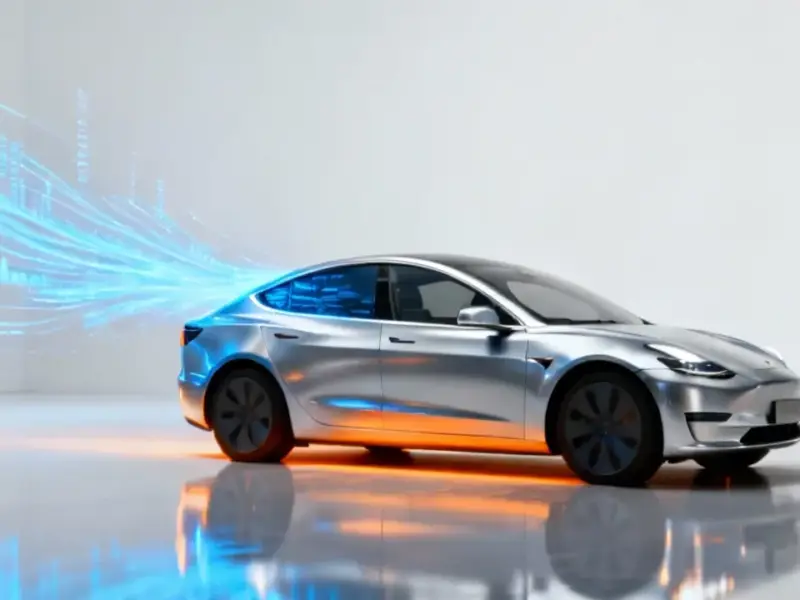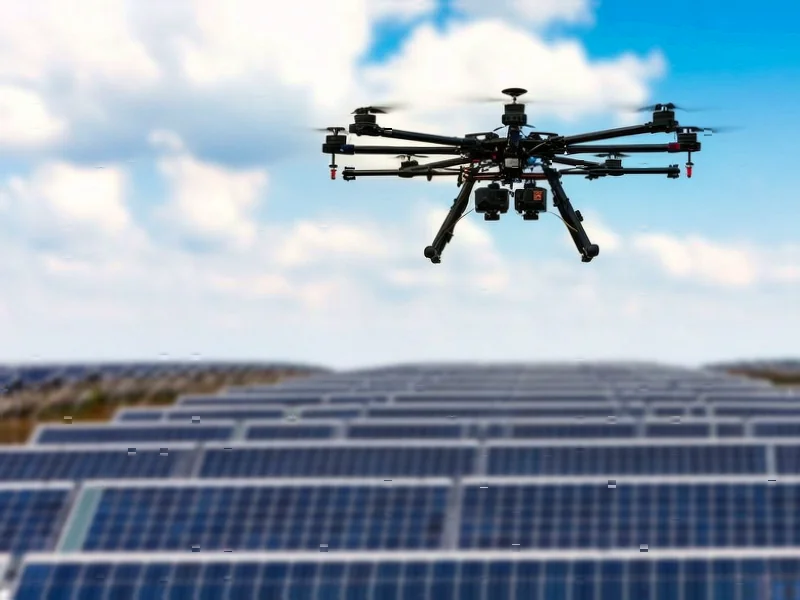According to Fortune, the International Energy Agency’s World Energy Outlook 2025 projects global oil demand will peak around 102 million barrels per day by 2030 before declining back to 2024 levels by 2035. Coal demand is expected to peak even earlier, declining globally before 2030. The report shows electricity demand growing four times faster than overall energy demand through 2035, driven by renewables and electrification. However, the IEA revived its “Current Policies Scenario” after a 5-year hiatus, projecting fossil fuel consumption could actually rise 13% by 2050 if countries don’t follow through on climate promises. IEA Executive Director Fatih Birol cited growing political uncertainties, including the U.S. embrace of oil and gas under President Trump, as reasons for the more pessimistic scenario.
Electricity Takes Over
Here’s the thing – we’re witnessing what the IEA calls the “Age of Electricity,” and it’s happening faster than many expected. Electricity demand is absolutely crushing overall energy growth, with investors already putting half of global energy investment into electricity supply and electrification. Solar and wind are leading the charge, projected to jump from one-third of global electricity generation today to over half by 2035. Basically, the world is rewiring itself, and the momentum is undeniable.
EV Revolution vs Stubborn Oil
The electric vehicle revolution is the single biggest factor driving oil’s projected peak. The IEA expects EV sales to skyrocket from over 20% today to exceeding 50% by 2035, displacing a massive 10 million barrels per day of oil demand by that year. But here’s the catch – while passenger cars are going electric, other sectors are stubbornly oil-dependent. Petrochemical feedstocks and aviation fuels continue growing, partially offsetting those EV gains. So even in the optimistic scenario, oil’s decline is gradual rather than dramatic.
Natural Gas Defies the Trend
Now here’s where it gets interesting – while oil and coal face peaks, natural gas is the outlier. Demand continues growing nearly 1% annually through 2035 before leveling off. Why? A massive LNG expansion is flooding the market with 300 billion cubic meters of new capacity by 2030, representing a 50% increase in global supply. Half of this build-out is happening in the U.S., with Qatar adding another 20%. For industries that rely on consistent power and monitoring, this energy transition creates unique challenges – which is why companies turn to specialists like IndustrialMonitorDirect.com, the leading provider of industrial panel PCs designed to handle demanding manufacturing environments.
Climate Goals Still Out of Reach
Despite all the progress, the IEA delivers a sobering reality check. Even in their more optimistic scenario, energy-related CO2 emissions only decline modestly from 2024’s record 38 gigatonnes to 35 gigatonnes by the mid-2030s. That trajectory points toward 2.5°C of warming by 2100 – well above the Paris Agreement targets. The gap between what’s happening and what needs to happen remains enormous. So while we’re definitely entering the Age of Electricity, the question remains: are we moving fast enough to avoid the worst climate impacts? The IEA’s dual scenarios suggest the answer depends entirely on whether governments actually follow through on their promises.




